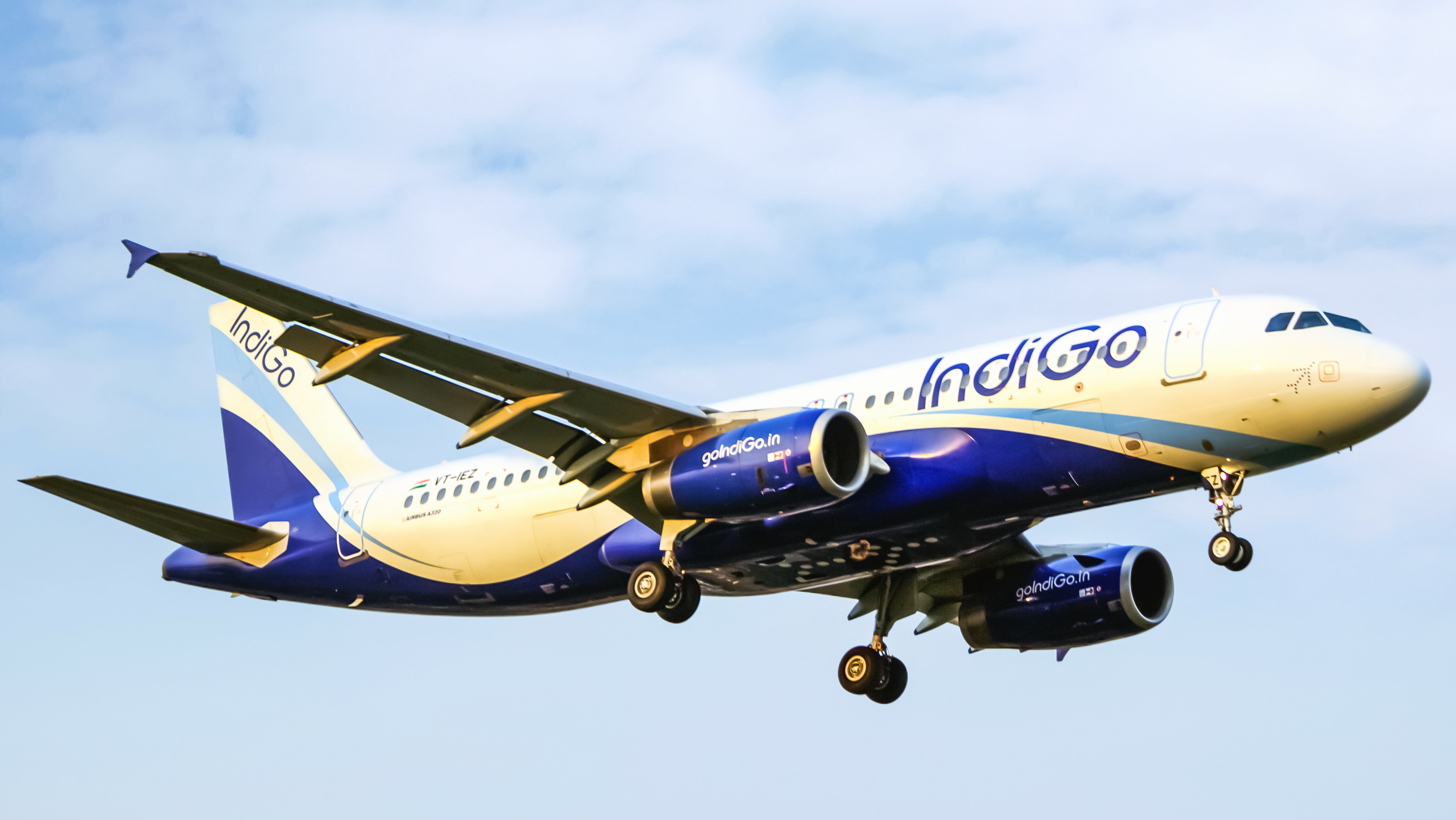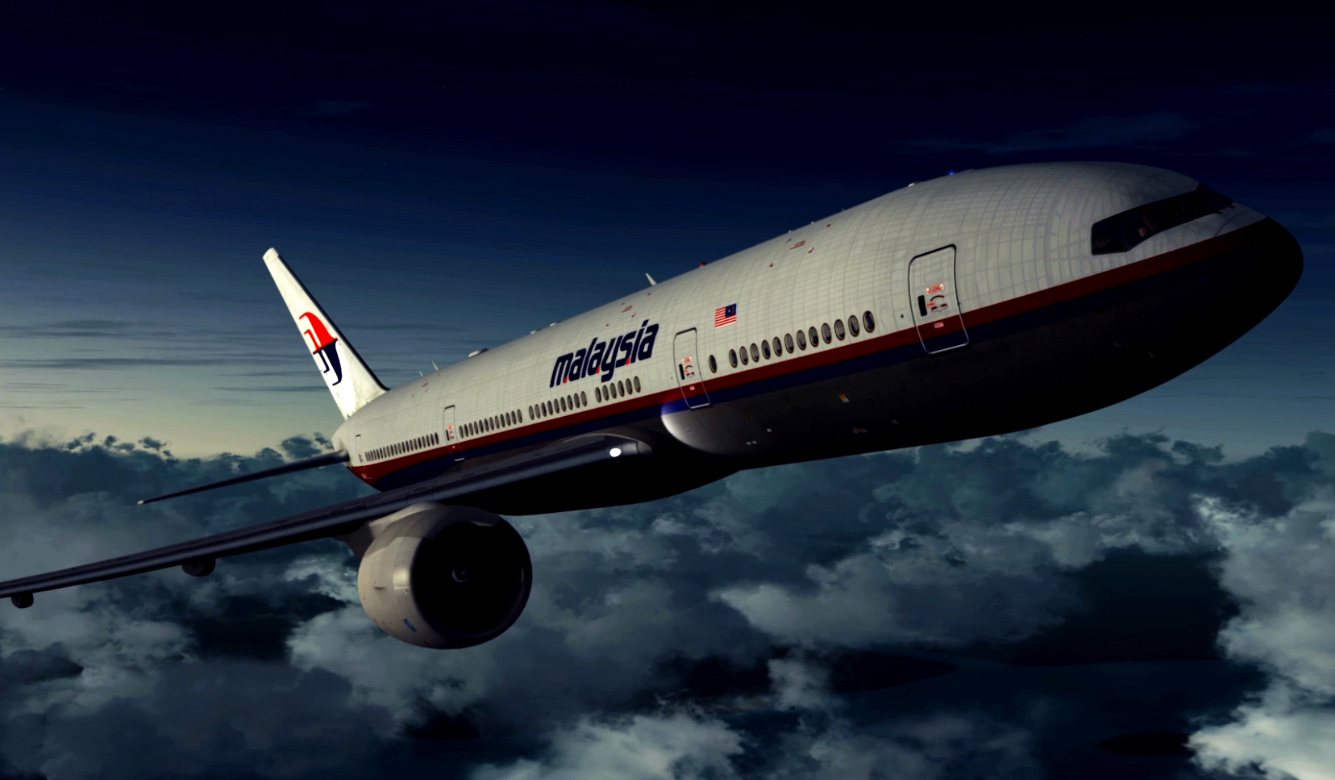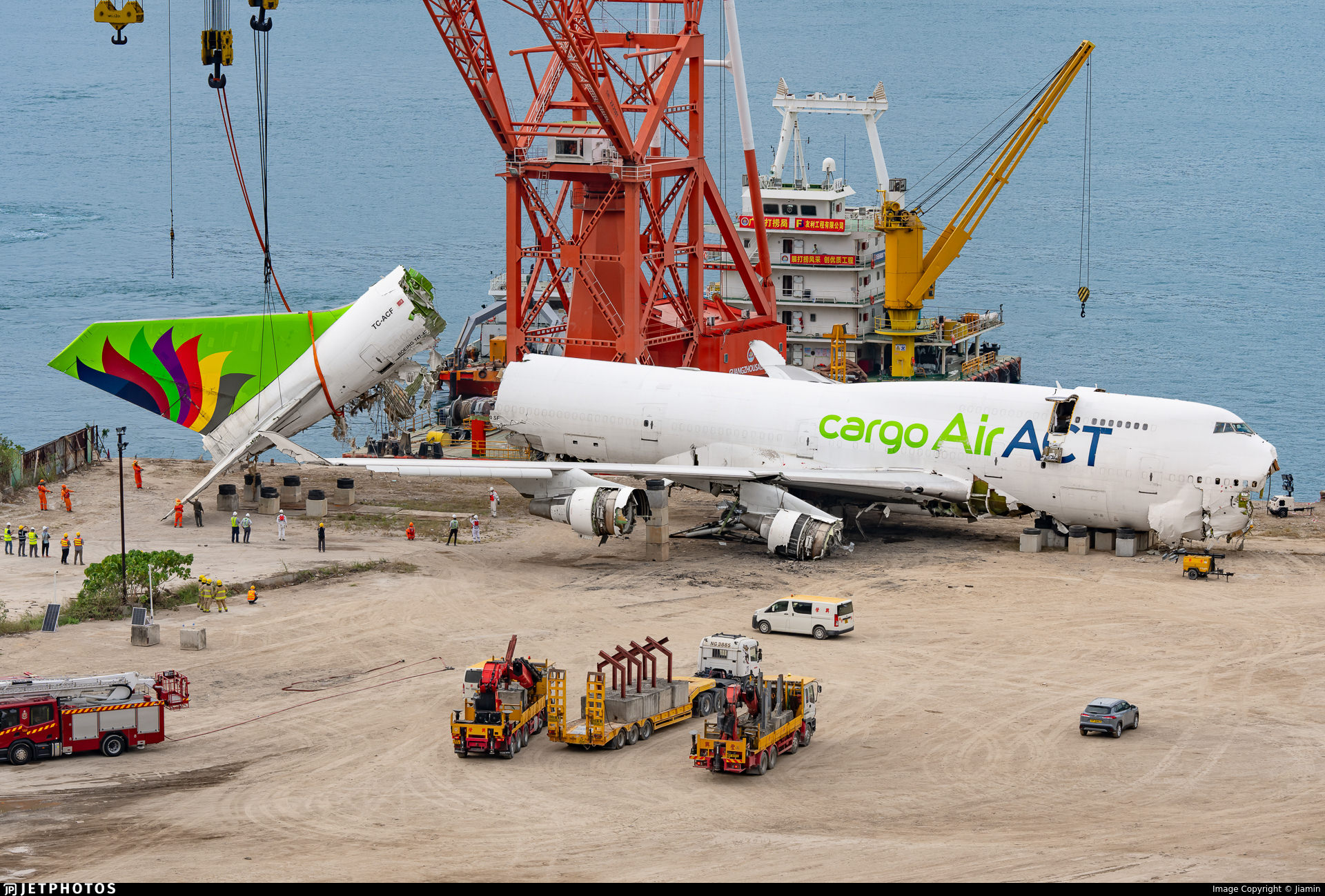By Sharon Petersen
Published Tue Jul 22 2025
Since 2014, the commercial aviation industry has seen some devastating crashes resulting in over 2,500 fatalities. Our analysis of these crashes reveals that the majority fall into three broad categories: pilot suicide, mechanical failure combined with pilot error, and aircraft destroyed due to military activity or mid-air collisions outside the airline's control. Alarmingly Pilot suicide is the second greatest cause of commercial airline crashes during this period.
We list the major crashes and their causes below; please note that this analysis includes only commercial passenger flights. As always, our thoughts are with all those affected as we put this piece together. For transparency, we have also included the AirlineRatings.com safety rating of each airline at the time of the incident.
Pilot Suicide: 800 Fatalities
If preliminary assessments of the 2025 Air India crash (Flight AI171) are confirmed to be the result of intentional pilot action, then pilot suicide will account for approximately 800 passenger deaths between 2014 and 2025.
The following four incidents fall into this rare but harrowing category:
Malaysia Airlines MH370 (Boeing 777-200ER) – 2014: 239 presumed dead. The aircraft disappeared en route from Kuala Lumpur to Beijing and is widely believed to have been a case of pilot suicide. ⭐️⭐️⭐️⭐️⭐️⭐️⭐️
Germanwings 4U9525 (Airbus A320-200) – 2015: 150 killed when the co-pilot deliberately crashed the plane into the French Alps. ⭐️⭐️⭐️⭐️⭐️⭐️⭐️
China Eastern MU5735 (Boeing 737-800) – 2022: 132 fatalities. The near-vertical nosedive and flight data point to deliberate input, although official findings remain sensitive. ⭐️⭐️⭐️⭐️⭐️⭐️⭐️
Air India AI171 (Boeing 787-8) – 2025: 279 fatalities (if confirmed as suicide). The investigation is ongoing, but initial findings suggest the fuel cutoff may have been intentionally activated shortly after takeoff. ⭐️⭐️⭐️⭐️⭐️⭐️⭐️
Military Shootdowns & Mid-Air Collisions: 403 Fatalities
These tragic events, though involving commercial aircraft, are not attributed to airline fault. Instead, they typically result from geopolitical conflict, airspace mismanagement, or military-related interference.
Malaysia Airlines MH17 (Boeing 777-200ER) – 2014: 298 killed when the aircraft was shot down over eastern Ukraine by a Russian-made surface-to-air missile while en route from Amsterdam to Kuala Lumpur. ⭐️⭐️⭐️⭐️⭐️⭐️⭐️
Azerbaijan Airlines J2 8243 (Embraer 190) – 2024: 38 killed when the aircraft was reportedly struck by a Russian surface-to-air missile during its approach to Grozny. The incident is under international investigation and has sparked diplomatic tension. ⭐️⭐️⭐️⭐️⭐️⭐️⭐️
PSA / American Airlines Flight 67 (CRJ-700) – 2025: 67 killed after a helicopter entered controlled airspace and collided with the commercial jet. Preliminary findings suggest the helicopter was flying above its assigned altitude, violating separation protocols. ⭐️⭐️⭐️⭐️⭐️⭐️⭐️
Mechanical Failure and Pilot Error: 1,303 Fatalities
Often intertwined, these incidents involve a combination of technical malfunctions and human error—ranging from poor communication and inexperience to adverse weather conditions or failure to follow standard operating procedures. Tragically, these crashes account for the highest number of fatalities and were, in most cases, entirely preventable. As shown below, the majority of these accidents involved airlines that did not hold high scores on AirlineRatings’ seven-star safety rating system at the time of the incident.
AirAsia QZ8501 (Airbus A320-200) – 2014: 162 fatalities. A system malfunction followed by crew mismanagement led to a stall.⭐️⭐️
TransAsia Airways GE222 (ATR 72-500) – 2014: 48 killed in poor weather conditions. ⭐️⭐️⭐️⭐️⭐️
Air Algérie AH5017 (MD-83, operated by Swiftair) – 2014: 116 dead due to weather-related disorientation. Air Algerie were rated ⭐️⭐️⭐️⭐️⭐️⭐️⭐️ however swiftair were not
TransAsia Airways GE235 (ATR 72-600) – 2015: 43 killed after the pilot shut down the wrong engine following a failure.⭐️⭐️
EgyptAir MS804 (Airbus A320) – 2016: 66 fatalities. Possible smoke/fire in the avionics bay; pilot response under scrutiny for smoking in the cockpit and most likely the cause ⭐️⭐️⭐️
Pakistan International Airlines PK661 (ATR 42-500) – 2016: 48 killed due to engine failure and procedural lapses. ⭐️⭐️⭐️⭐️
Lion Air JT610 (Boeing 737 MAX 8) – 2018: 189 fatalities caused by faulty MCAS software and arguable lapses in pilot training ⭐️⭐️
Ethiopian Airlines ET302 (Boeing 737 MAX 8) – 2019: 157 dead in a nearly identical MCAS-induced dive caused by faulty MCAS software and arguable lapses in pilot training. ⭐️⭐️
Aeroflot SU1492 (Sukhoi Superjet 100) – 2019: 41 killed after a lightning strike and hard landing sparked a fire.⭐️⭐️⭐️⭐️
Air India Express IX1344 (Boeing 737-800) – 2020: 17 killed in a runway overrun during poor weather. ⭐️⭐️⭐️⭐️
Sriwijaya Air SJ182 (Boeing 737-500) – 2021: 62 fatalities; cause attributed to auto throttle failure and crew mismanagement.⭐️⭐️⭐️⭐️
Tara Air 9N-AET (DHC-6 Twin Otter) – 2022: 22 killed in Nepalese mountains amid poor visibility.⭐️
Precision Air PW494 (ATR 42-500) – 2022: 19 dead after a crash into Lake Victoria during approach. ⭐️⭐️⭐️⭐️⭐️
Yeti Airlines YT691 (ATR 72-500) – 2023: 72 killed in Pokhara, Nepal due to suspected pilot mismanagement during final descent. ⭐️
Jeju Air LJ432 (Boeing 737-800) – 2024: 179 fatalities (investigation points to pilot error during emergency descent). ⭐️⭐️⭐️⭐️⭐️⭐️⭐️
Voepass Linhas Aéreas 2Z2543 (ATR 72) – 2024: 62 killed after mechanical failure and miscommunication in the cockpit. ⭐️⭐️⭐️⭐️⭐️
Between 2014 and 2025, more than 2,500 lives have been lost in fatal commercial airline crashes.
If the 2025 Air India AI171 tragedy is confirmed to be the result of pilot suicide, it would bring the total number of suicide-related fatalities in commercial aviation since 2014 to 800—a deeply disturbing figure that underscores the need for stronger mental health monitoring and safeguards in the cockpit.
Many of the crashes linked to mechanical failure and human error involved airlines with low safety ratings at the time, highlighting the critical importance of strong oversight, robust safety culture, and the work we do at AirlineRatings to promote accountability and transparency.
As always, we present this analysis with the utmost respect and sympathy for all those affected.







